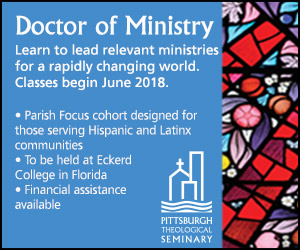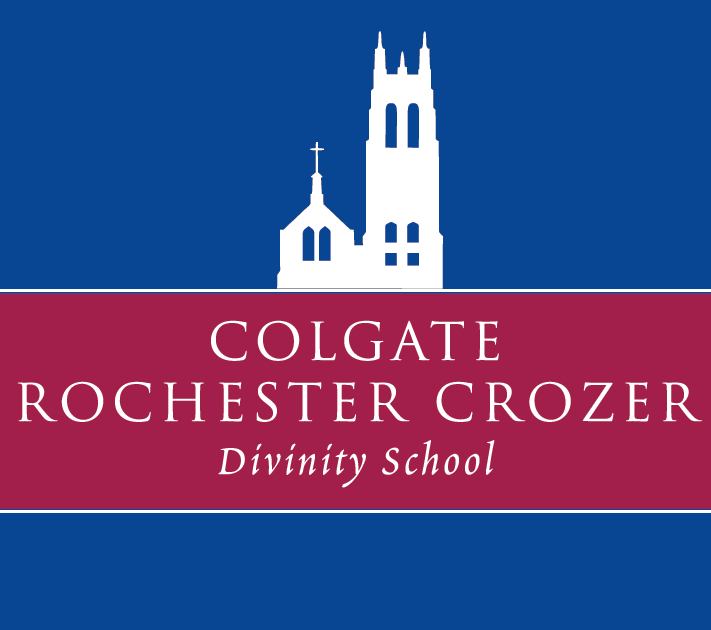by Pastor Michael McBride
For the first time on record, black Americans headed to the voting booth in 2012 at higher rates than white Americans; yet, even as we flocked to the polls, proving that showing up can make a difference on Election Day, Ralph Ellison’s words ring as true to me today as they did when I first read them in Invisible Man as a 14-year-old boy:
I am invisible, understand, simply because people refuse to see me. Like bodiless heads you see sometimes in circus sideshows, it is as though I have been surrounded by mirrors of hard, distorting glass. When they approach me they see only my surroundings, themselves or figments of their imagination, indeed, everything and anything except me.
Ralph Ellison wrote those words in 1952, describing the cloak of invisibility that enveloped the black experience, and more specifically our humanity, in America. Here we are in 2013 with a black president, and yet the cloak of invisibility remains.
My politically conservative friends seem blind to the social structures that maintain the cloak of invisibility enabling black suffering, and my progressive friends seem to lack the courage and imagination to place black suffering centrally as a priority in their fights to end gun violence, to achieve gender equality or to reform our broken immigration system. Meanwhile, many of our own churches seem all too preoccupied with so-called culture war fights or hyper-spiritual practices of faith to even notice the massive disinvestment of economic opportunities and stability in our cities and communities.
I can’t tell you how many people have told me that the gun policy conversations or fiscal cliff discussions shouldn’t acknowledge the disproportionate impact that guns, violence, poverty and a whole host of issues have on the black community because by doing so, we might alienate the votes we need to pass laws. I also can’t tell you how many times I’ve been told we need to make sure that the voice and face of any policy campaign — whether that person is a clergy leader or a victim — shouldn’t be too black because then he or she might not appeal to the audience with whom we need to engage to achieve success.
The fact of the matter is that even though black people only make up 13 percent of the population, 49 percent of all murders committed — overwhelmingly committed with a gun — are murders of black people, according to the Bureau of Justice Statistics. Michelle Alexander’s New Jim Crow stunningly reveals that at this moment in United States history, more blacks are under correctional control today — in prison or jail, on probation or parole — than were enslaved a decade before the Civil War began, in spite of the truth that blacks are no more likely to sell or possess drugs or commit crime than any other American citizen.
In a piece for the Wall Street Journal, Juan Williams notes that the number one cause of death for African-American men between the ages of 15 and 34 is being murdered with a gun. Since 1979, when we started collecting national data on the ages of gun violence victims, 44,038 black children have been killed by guns, Williams explains. According to the
Children’s Defense Fund, that’s nearly 13 times more than the total number of black people lynched in the 86 years between 1882 and 1968.
President Obama noted in a January speech in Chicago that in 2012 alone, enough children and youth were lost to gun violence with such volume that it would equal a Newtown tragedy every several months.
And yet, in spite of such visible death and destruction, our politics and many policy conversations are happening as if black invisibility need be maintained in order to achieve the common good, or to get the votes we need, or to reach the audiences to whom we must appeal for success. When shootings or deaths happen in our communities, like the most recent Mother’s Day shooting in New Orleans, they are written off as a sad display of black people’s failure to get it right, categorized as street violence, seemingly suggesting that it is the problem solely of local communities, families and individuals to solve.
Is what happens in black communities so inconsequential to the national conversation? Is the black experience of life in America so meaningless to those who live in other places that it does not engender compassion and a response? Are our lives that invaluable? Are they really worth less that white ones? Is the calculus that in order to appeal to the comfort of the dominant culture, we must maintain the status quo of invisibility? Must we hide our young men’s and women’s fights to stay alive and struggles to remain free to achieve the so-called “common good?”
As we enter the next phase of our national policy discussion around guns and public safety, we need the courage to name and embrace the complexities of issues of suffering in this country and to remove this cloak of invisibility. Personal responsibility, social responsibility, cultural responsibility and national responsibility must not be pitted against each other as an “either/or,” but rather discussed as a “both/and.” In the great words of Rabbi Abraham Joshua Heschel, “Few are guilty; all our responsible.”
We must allow our black communities — black men and boys, in particular — to become as visible as they were on November 6, 2012, in order to truly build lifelines to healing and to solve the major problems facing our country today.
Pastor Michael McBride (known as “Pastor Mike”) is a native of San Francisco, CA. and has been active in ministry for almost 20 years. He is the director of PICO National Network’s Lifelines to Healing Campaign and the lead pastor of The Way Christian Center in West Berkeley, California.




















